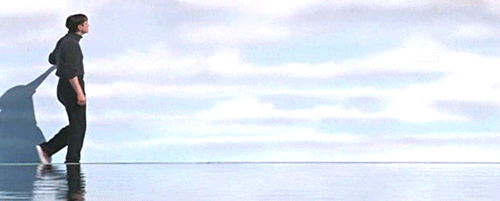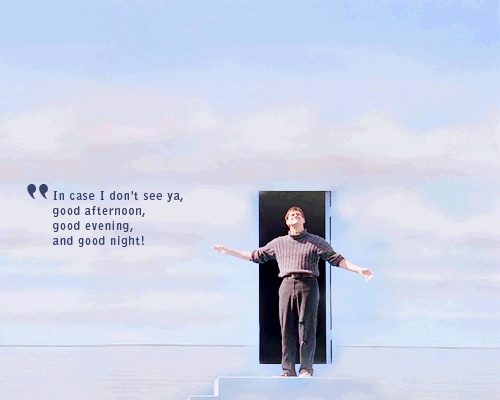Humanity has found a new land far across the ocean, Tir Tairngire, and has attempted to colonise it. Unfortunately for them, this land is already inhabited, by a brutal and highly advanced species called the 'aes sidhe' (pronounced ays-shee-thuh), or just 'sidhe'. The sidhe command powerful magic and technology, and are not thrilled by the intrusion of humanity (who they refer to as the 'fianna', or rabble). After an initial attempt at open warfare the humans yielded, and the sidhe reluctantly allowed humanity to settle the small pockets of land that they didn't really want anyway. As such, a guerilla war between the two peoples has broken out, and the humans back on the other side of the sea are hesitant to send help to the original colonists. Travel between the pockets of human civilisation is dangerous, as monsters, fairy beasts and the sidhe will do harm to any human they find trespassing in their domain. As such, human settlements are isolated and ruled by those with the strength to enforce their laws.
Our protagonist is a young woman, in her early- to mid-twenties, who has been placed under a curse by an angry sidhe after letting her curiosity get the better of her and wandering into the faerie wood to see what it was like. She was caught, and cursed to wander eternally; a terrible fate will befall any place where she stays longer than three days. Forced to travel from place to place through a harsh and dangerous land, she is tough and self-reliant, but also lonely and eager for human contact.
Her companion is a fierce but socially awkward unicorn, of uncertain age but claiming to have been alive since before humanity came to Faerie. She was captured by humans and bound in magical chains stolen from the sidhe and, given the phenomenal strength and endurance of unicorns, was put to work as a pit pony. She was largely left alone to carry out her orders, and was bound with a highly unpleasant bit to prevent her from speaking. She has an entirely understandable dislike of humans.
The Pilgrim and the Unicorn met when the Pilgrim came to the mining town where the unicorn was kept. She began asking too many questions, showing a far greater interest in the unicorn than the townsfolk were comfortable with. They arrested her and tossed her in jail, ignoring her pleas to be released. After three days the curse kicked in; the terrible fate of the mining town was the unicorn's chains falling away, leaving her free to wreak havoc and exact her revenge. Having been bound by humans, and thus a non-person by the standards of Faerie, the Unicorn was unable to return to her home in the forest. With nowhere else to go she joined the Pilgrim in her wanderings, swearing an oath of loyalty to her upon realising that she was responsible (if indirectly) for the Unicorn's freedom.
The pair of them travel Tir Tairngire, never staying too long and never setting down roots. They provide each other with the company they won't find anywhere else. They are knights-errant of a sort, righting wrongs and helping people where they can. Due to their travels their villains are many and varied, but the only villain I'll be designing in the sidhe who found the Pilgrim out in the woods all those years ago.









































.png)
+2.png)







